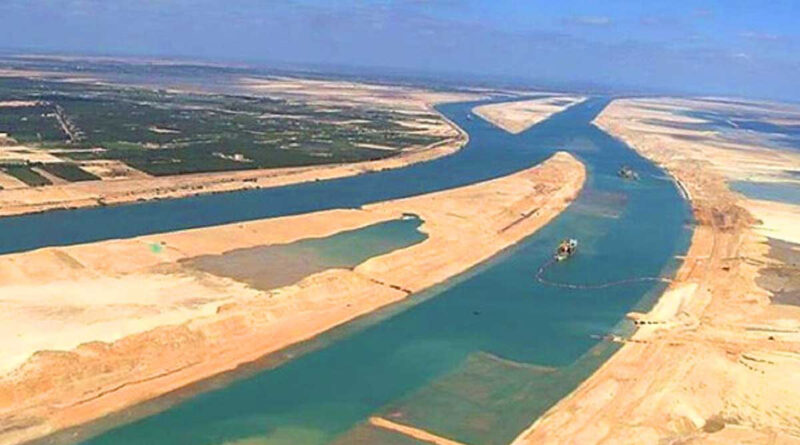Suez Canal: The Largest Economic Construction in the World
The Suez Canal was first built in 1850 BC to facilitate trade between the Nile Delta and the Red Sea. Was in Egypt between 775. Between 1859 and 1869, Egyptian Kediv Chad Pasha built the current canal connecting the Mediterranean Sea and the Red Sea with the Suez Canal Company of France.
The Suez Canal connects the Mediterranean Sea with the Red Sea, the narrowest sea route from Europe to Asia. Since its completion in 1869, it has become one of the largest used shipping lanes in the world.
When first opened in 1869, the canal was 8 meters (26 feet) deep, 22 meters (72 feet) wide, and 61 to 91 metersm (200 to 300 feet) wide at the surface. The bay was built every 8 to 10 km (5 to 6 miles) to allow ships to cross each other.
The Suez Canal is important because it is the shortest sea route from Europe to Asia. Prior to its construction, ships bound for Asia had to make the arduous voyage around the Cape of Good Hope at the southern tip of Africa. Due to its strategic location, the canal is widely used and heavily preserved.
Importance of Suez Canal
The canal is located in Egypt, which connects Port Seid in the Mediterranean with the Indian Ocean in the Red Sea via the Egyptian city of Suez. The canal enables more direct shipping between Europe and Asia, eliminating the need to sail around Africa and reducing travel times to days or weeks.
The Suez Canal is considered to be the narrowest link between East and West due to its unique geographical location; It is an important international navigation canal connecting the Mediterranean Sea in the harbor and the Red Sea in the Suez Canal.
Many ships pass through the Suez Canal Daily
The Suez Canal is operated by Egypt through its state-owned Suez Canal Authority. According to Arab News, the canal revenue for Egypt in 2020 was $ 5.6 billion. An average of about 50 ships pass through the canal daily.
Ships stranded on the Suez Canal
The canal, one of the world’s busiest trade routes, is part of the Evergreen Navy and more than 300 ships are stranded on both sides of Lake Evergreen.
The Suez Canal Crisis
A major political crisis surrounding the Suez Canal began in 1956. Kamal Abdel Nasir, then president of Egypt, nationalized the Suez Canal and closed the Tyrannon Strait.
Thus Britain, France and Israel invaded Egypt. All three countries withdrew after UN intervention. The canal gave way to the merchant ship.
The Suez Canal was closed in 1967 by Egyptian authorities during a six-day war between Israel and Egypt.
The Suez Canal is under the control of which countryDuring World War II, Britain controlled the Suez Canal. It withdrew its troops in 1956 after negotiations with Egypt. After that, power came to Egyptian President Kamal Abdel Nasir.
The Suez Canal is important to the world Economy
About 12% of global trade cargo passes through the Suez Canal, which connects the Mediterranean Sea to the Red Sea and the short-distance sea between Asia and Europe. To travel between Asia and Europe via the Suez Canal, one must travel around the southern tip of the African continent.
But that can take up to two weeks. Correspondingly, fuel and food stocks are high. By 2020, nearly 19,000 ships had passed through the canal. That’s an average of 51.5 ships a day, according to the Suez Canal Authority.
In 2017, a Japanese container ship got stuck in a canal due to a mechanical failure. Egyptian authorities, with the help of duckboats, floated it again within hours. The Suez Canal crosses the Suez Isthmus in Egypt, the area between the Mediterranean and the Red Sea. The canal is 193 km (120 miles) long and includes three natural lakes.




